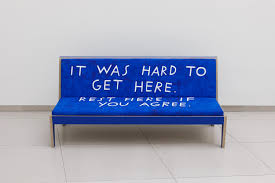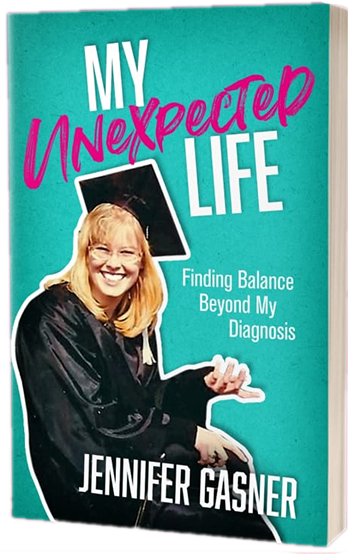“Crip time? What the hell is that?” you might ask.
When I first heard the term, I thought it was just a way to explain why I or my disabled friend was always running behind schedule. But it’s more than that.

Crip time acknowledges that, for a disabled person, things often take longer.
While some disabled people drive, others rely on public transportation, which can easily double, triple, even quadruple travel time. For instance, a trip that takes twenty minutes by car can easily take an hour and a half, or longer, via the bus. Wheelchair users also have to add time for deploying ramps and securing the wheelchair, making on-time transfers less expedient.
But crip time goes deeper than that. It not only challenges traditional, able-bodied notions of time but also recognizes that life with a disability is often messy and unpredictable. It’s about accepting that things don’t always go according to plan.
And that’s okay.
As I discussed in my previous post, ticking something off a to-do list isn’t as important as listening to the body and its needs. Sometimes, we just need to rest, and we shouldn’t apologize for it.
A friend recommended Ellen Samuels’ essay “Six Ways of Looking at Crip Time,” which opened my eyes to the concept, and so much of what she says resonates with me. Samuels talks about crip time as a bumpy road with detours rather than as a straight line. We move at our own pace because the body makes its own rules.
For me, crip time means being flexible because I never know how my body will feel on any given day. I may have to reschedule events or say no more often than I’d like, depending on my energy level. While this may be true for all of us, my body’s limitations dictate more of my day than they would if I were able-bodied.
Samuels says crip time also becomes intertwined with loss. In my world, it creates space for grieving the body I once had and the future I imagined. I find myself marking time and events by the feelings of grief that accompany missing out: Was this before or after I couldn’t write legibly? When did I stop being able to do a cartwheel? Was I using a walker? Or was it during the month when I used that ill-fated cane?
I grieve the loss of my ability to ride a bicycle, take spontaneous trips, and dance with rhythm. I also grieve that I never owned a MINI Cooper and that I was unable to backpack through Europe.
This grief isn’t a one-time event; it comes and goes like waves. It hits when I can’t participate in activities, like ice skating, or when I remember I can’t play the piano anymore. Crip time allows me to acknowledge this grief rather than forcing me to “get over it.” It’s about living with loss as part of my story.
Samuels introduces a cool take on crip time by calling it “vampire time.” We’re not vampires because we’re out for blood; instead, we need our time in the shadows to recharge away from the bright lights of productivity.
Vampire time also highlights how we sometimes feel like we have to exist in the background, viewed as taking up too much space and time.
How do you experience crip time in your own life? Let me know in the comments.


Recent Comments